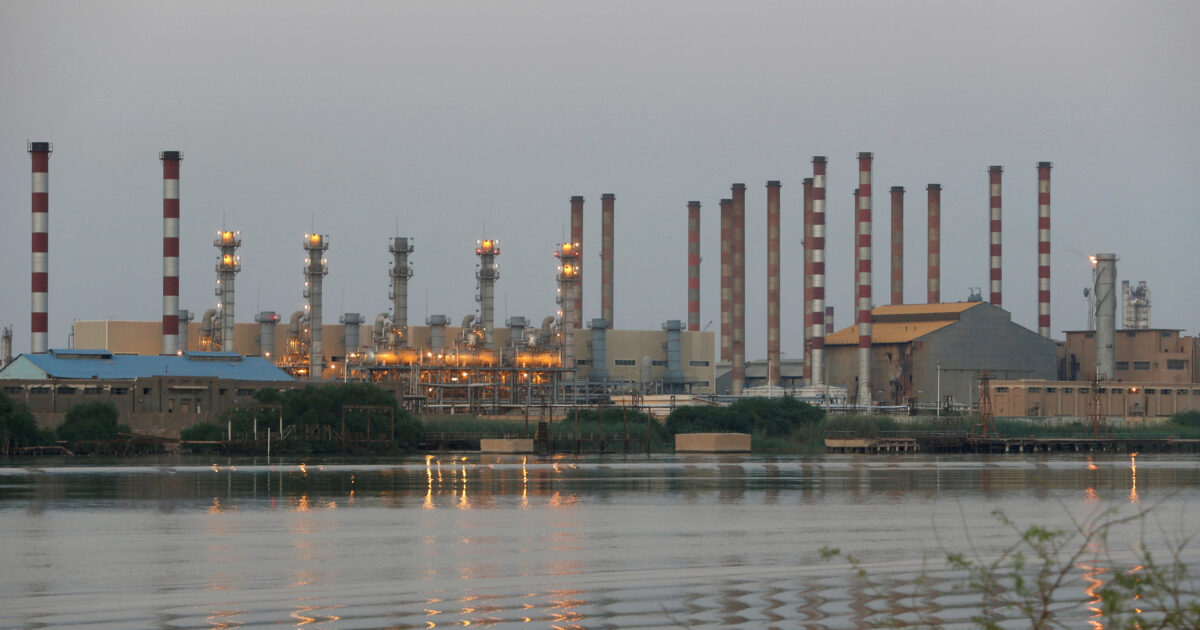The international prices of oil About $ 15% or $ 10, up to $ 78 a barrel increased last week after Israel’s attack on Iran’s military and nuclear facilities that led to a relentless missile war of the two countries.
9 months ago, oil prices had also increased by $ 10, but then the missile attacks between the two countries were individual and very limited compared to today’s hostilities and the risks arising from them.
On the contrary, three years ago, after Russia’s invasion of Ukraine, the price of Brent had jumped over $ 100 and remained at those level for more than a semester.
At that time, it was the prospect of the embargo on Russian oil from the West that raised prices, but the crude market was in a different phase, with the main characteristic of the world’s narrowing in relation to demand. The economies were rapidly rose after the crowning crisis, but the offer had difficulty responding. In such an excess demand environment, the war in Ukraine was the catalyst that took off prices and caused, in conjunction with the ejecting gas prices, energy shock.
Today, the situation in the world market is opposed, as supply capacity is significantly higher than demand, due to the slowdown of the global economy that is expected to boost after duties and US President Donald Trump’s trade war. At the same time, crude production is increasing by countries outside OPEC, mainly the US, but in recent months and by OPEC member states that have limited their production by at least 10% in the last two years in order to avoid a price collapse.
A report by the International Energy Organization, published last week, notes that the world market seems to be well equipped this year, as long as there are no significant disorders, as the increase in supply by 1.8 million barrels a day exceeds the increase in demand.
The surplus bid is the reason that prices had fallen strongly in recent months – especially after the US duties increases – and were moving below $ 70 by June 13. And that is also the reason that rising oil prices last week and possible new ones are not expected to be maintained for a long time, unless the whole Middle East is ignited and the production and exports of not only Iran but also from other countries in the region are affected.
Until Friday, the production and exports of crude oil from the Persian Gulf region continue without real problem, as Iran’s oil infrastructure was not hit, which even increased its exports, mainly to China, by about 40% in the last week to 2.4 million tonnes. Nor did Tehran closed the straits of the Ormuz, from which the tankers pass to load oil from the Gulf countries, as he steadily threatening to do in times of crisis, without ever having the threat ever.
The closure of the Straits would cause a problem not only in other Gulf countries -Saudi Arabia, Qatar, Kuwait, the United Arab Emirates and Kuwait -exporting about 20 million barrels a day through this maritime passage or about 20% of world production, but also. Even if Tehran is in a state of despair- in the event, for example, that President Trump decides to involve the US war over the next two weeks- it would be difficult to impose the close of the straits for a significant period of time, as it is certain that the US would intervene and other countries. This is the assessment that Citi made in its analysis, predicting that prices can reach up to $ 90 if Iran block the straits of the hormone, but such a development will be short -lived.
Another negative scenario, which could cause a greater rise in oil prices than today would be to hurt Iran’s oil infrastructure or other vaginal countries, so it would reduce their production and exports, but the surplus supply could limit the impact on prices.
Source: RES-EIA
